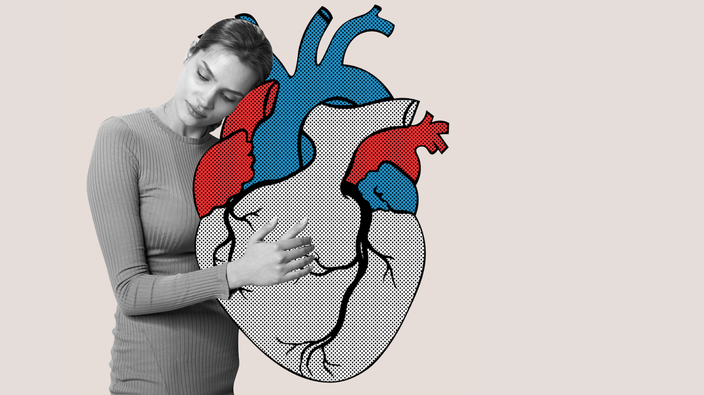women face higher health risks than men after first heart attack
women who had a first, severe heart attack were 20 per cent more likely to die or experience heart failure within five years.
a missed heart attack, coronary artery disease: how one woman refused to 'wait and see'
instead of blindly following her doctor's advice to 'wait and watch' after discovering she had survived a heart attack years earlier, christina stuwe pushed for more testing. in the end, her persistence saved her life.
susan lucci wants women to ignore the instinct 'not to bother the doctor'
the soap opera star, who narrowly avoided a heart attack in 2018, now works with the american heart association to raise awareness of heart health, especially for women.
 10 minute read
10 minute read






















